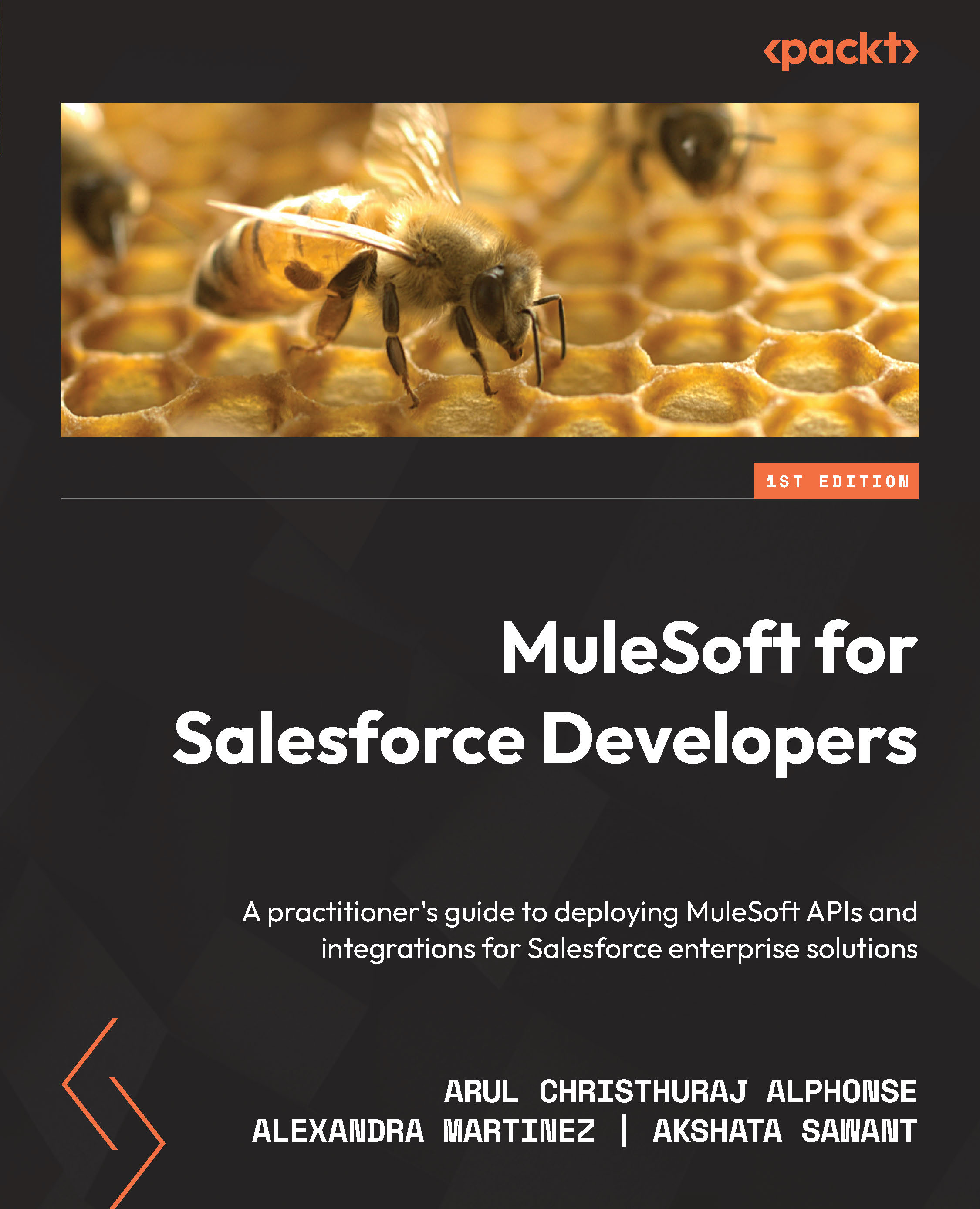Answers
- The difference between no-code and low-code technologies are:
- No-code technologies provide a user interface for you to use the product and don’t require you to learn or know any type of programming language in order to use it.
- Low-code technologies also provide a user interface, but they do involve some minor programming in order to create more personalized functionality. Although the use of the technology doesn’t revolve around the programming language, it is a part of it.
- The API components are as follows:
- Implementation: The body of the API, where all the information is processed
- Request: The data you send to the API with detailed information
- Response: The data you receive back from the API with detailed information about what happened with your request
- API specification: The standard, or contract, so you know what you can ask for in the request and what you might receive in the response
- The API components relate to the API analogy as follows:
- The implementation is like the kitchen staff: they receive your order, cook your food, and serve your order. You don’t know how they cooked it or exactly what ingredients it has, but you receive what you requested.
- The request is what you order, with any specific details, such as a hamburger with no tomatoes, extra pickles, in a combo, with an orange soda, and fries on the side.
- The response is what you get back after you made your order, such as a hamburger with no tomatoes, extra pickles, and so on.
- The API specification is like the menu when you arrive at the restaurant. You can’t just order whatever you want; you have to order available dishes from the menu.
- Anypoint Platform, Anypoint Studio, and Composer
- The products or functionality that can be found inside the three main MuleSoft products are:
- Anypoint Platform:
- Anypoint Design Center
- Anypoint Exchange
- Anypoint DataGraph
- Access Management
- Anypoint API Manager
- Anypoint Runtime Manager
- CloudHub
- Anypoint Visualizer
- Anypoint Monitoring
- Secrets Manager
- Anypoint Runtime Fabric
- Anypoint MQ
- Anypoint Service Mesh
- Anypoint Flex Gateway
- Anypoint Studio:
- MUnit
- APIkit
- DataWeave
- Composer
- Anypoint Platform:
- Design phase, implementation phase, and deployment and managing phase.
- Experience layer, Process layer, and System layer.
- The purpose served by the API-led connectivity layers are:
- Experience layer: The APIs that are exposed to the calling clients, such as a mobile application, a web application, or a desktop application. This is where you’d add any public-facing security, such as appropriate security policies.
- Process layer: The APIs that are in charge of orchestrating and processing the data. They receive the data from the Experience APIs, process it, and send it to the System APIs. Then they receive the data from the System APIs, process it, and send it back to the Experience APIs. This is where all the data transformation should take place.
- System layer: The APIs that connect to any downstream or external systems. Their sole purpose is to connect with external technologies and send back – to the Process APIs – the information that was received. This is where all the external systems’ credentials are stored.

































































